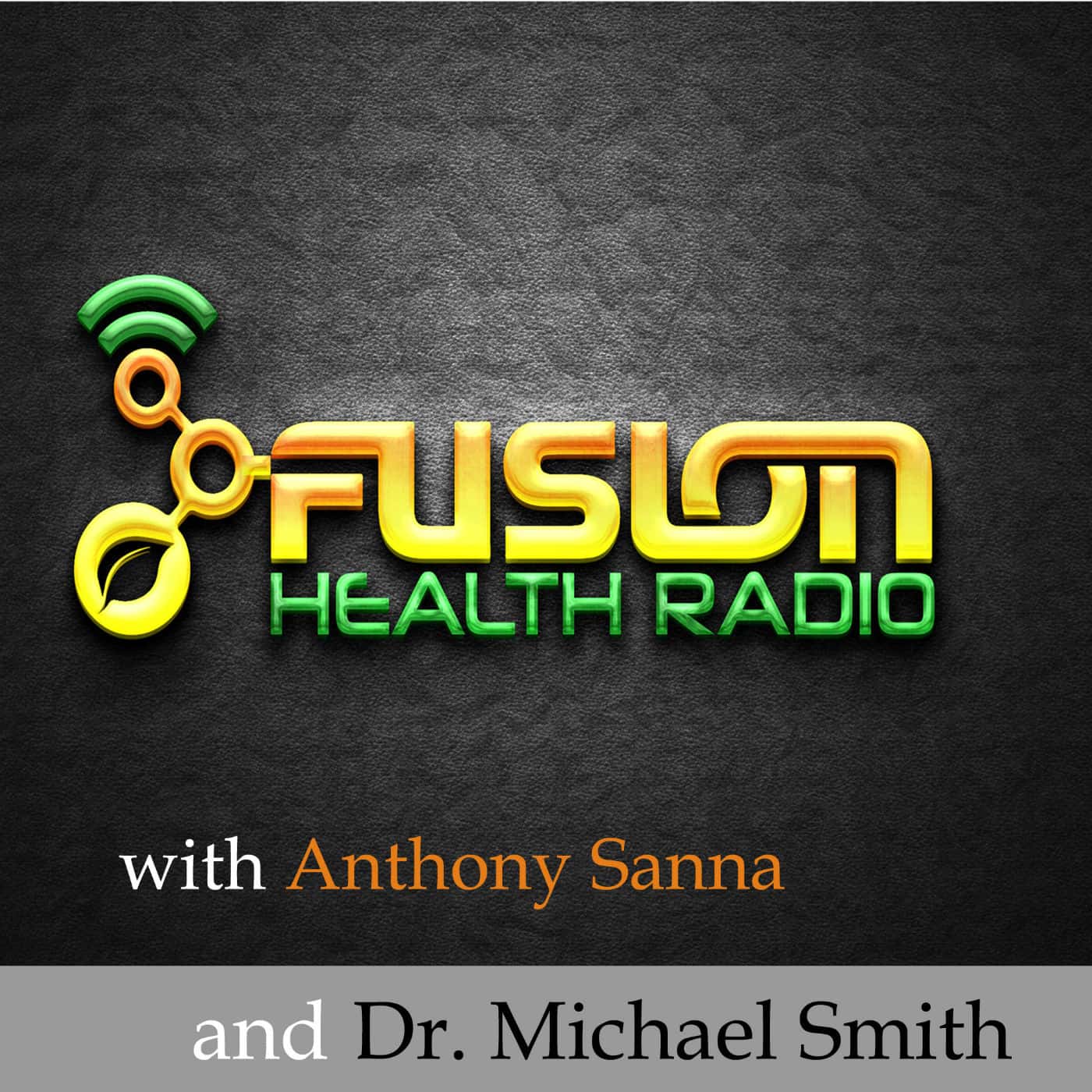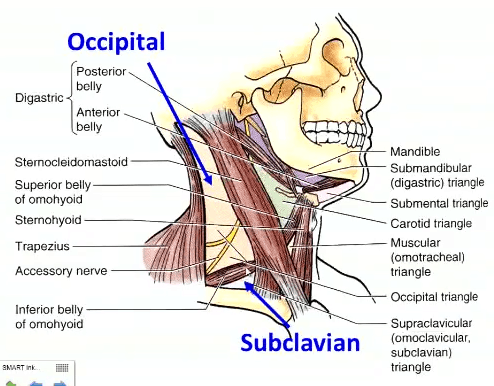
Neurosomatic Therapy and Layers of Trauma
It is on rare occasion that I am floored by what I hear on a podcast. While listening to fusion health radio on a recent commute, my eyes sprung open when I recognized what was being given away. The topic was Neuro-Somatic therapy and how trauma was stored or ‘remembered’ in your body. The follow-up episode, number 29, dug deeper and explained the layers of trauma and what you can do to start unravelling them. I wanted to take notes and play out the exercises Dr. Michael Smith was describing as treatments he gave his patients.
This post serves as an accompaniment to the information provided, an abbreviated visual resource translating the wisdom that was shared. The gentle, endearingly nerdy tangents exchanged between the two co-hosts reminded me of the ‘Delicious Dish’ PBS radio show satirized by Saturday Night Live:
They are kind and wise and polite and Canadian. And they grow on you.
The practical side of Neuro-Somatic Therapy
The human body compartmentalizes trauma. We fear trauma because it changes us. It imprints patterns and reorientates postural tension. Motor neurons secrete chemicals and hormones that affect our brain chemistry. They can build up habits and a capacity to ‘stay excited’. Constantly charged up nerves, muscles, and bones are relayed through anxious, suspicious, and depressed mindsets.
Everything is about predictability. Expectations and uncertainty shifts states in confidence and emotion.
There are three layers of EVOLUTIONARY INSTINCTS:
First Layer: Bracing
“Alert and aware.”
Shoulder blades pull into ribs to protect vulnerable ORGANS. Knees pull in and body wants to move toward fetal position, but posture only changes as much as alertness allows.
Second Layer: Anticipation
“Threat doesn’t come, but expecting to get hit.”
Coiled and ready, prepping to shoot off ground. Shoulder blades elevate, legs straighten, spine becomes rigid.
Third Layer: Reticular Activating System
“Being in the anticipatory state long enough makes you reactive.”
Grips neck muscles that hold skull on spine, seeks to protect chest and head. Occipital triangle muscles tighten and increase level of tone just in case you need it.
The RAS feels how wound up you are, can make you feel wound up, and releases motor tension as ‘volume’. It holds back excitatory tension not unleashed through physical outlet and takes adaptive capacity away from sense organs to keep body more reactive. Less sensory input favors more elasticity. There is no need to listen/ sense danger because it’s already present. Excitability shifts to muscles.
Higher stress leads to sense organ debilitation. Good senses equate to good health/fitness.
Blocking a strike during physical combat activates an instinctual response to danger. The goal is to get your opponent to block and ‘say no’ first. They will lose coordination and flexibility and become a shell of self within three heartbeats. 50% dexterity is lost every 5 seconds in moments of severe stress.
The first three layers of trauma are pre-cognitive. They happen before you. They occur similarly for everyone and are based on evolutionary reflexes. Everything below the eyes acts on instinct. Monkeys don’t have language and cannot outthink their state of being. Language is cognitive and above eyes. It is smart and can calm/ relax these instincts as a part of a conscious being.
EXERCISES to counteract first three layers:
1. ANTI-BRACING : Soup Server
Shoulder blades migrate toward spine, reduces volume/ noise of instinctual tension. I wasn’t sure what height Dr. Smith was referring to, but these three hand placements seemed and felt appropriate.
2. ANTI-ANTICIPATION: Chi Gong arms floating down
Releases tension in upper traps and occipital triangle. Spinal wave exaggerates relief. Neck relaxation movements can target deeper into the RAS.
3. ANTI-REACTIVITY: Relaxing Pec Minor
The depth of the pec minor (and psoas of pelvis) allows hold it to release a lot of postural tension.
Aside: On first listen I dreamed up the following ‘pledge’ scapular protraction/ retraction movement. Though it was entirely different than the anatomical lesson being delivered, it ended up being a quick and effective assessment of scapular stiffness and control.
If the hands slides or hand picks up, glenohumeral interference becomes obvious.
Layers Four Through Eight make a COGNITIVE SWITCH
Fourth Layer: Attatchment & Aversion
“A need to do something or control.”
Affects muscles and gestures that push away or clutch close. Jaw clenches, muscles of forearm and hand tense – first output that has to do with you and your conscious brain. You know something is wrong and coming toward you, but are unaware of outcome.
Bracing tightens. Anticipation excites. The RAS jams up your muscles and leaves you with less senses. The brain now seeks some capacity.
This stage requires precision in body work and is the hardest to release. You don’t want to lose the control you’ve just acquired. You assume the worst will happen if you do. Must have the somato-emotional willingness to engage with what comes out of the can, when you’ve only felt safe keeping the lid on. This shifting state is an invitation to release feelings as well as muscles, fascial pulling is about stories and allowing forgiveness.
Fifth Layer: Apprehension
“Fear of letting go.”
The word apprehension comes from ‘a-prehensile’, the lack of tail or limb that you can hang from. The inability to hang onto a branch often meant death by getting eaten. Dire threat of the unknown builds in the low back. Tension in upper low back tends to stem from general anxiety or worry. Mounting tension moves stiffness into mid-low back and deals with fear. Spinal and pelvic rigidness results from dread, and is often the point where one reaches out for painkillers.
Apprehension isn’t about about what you’re apprehensive about. It reverts back to the instinctual primate with language that can’t adapt anymore. The mind reads world as dangerous and the individual as someone who is ineffective and broken.
Pain in a particular place tends to relate back to a particular emotional block. Specific/literal interpretations, however, reveal the speaker’s experience, not a generalized truth. Regions and order are consistent, but postural habits and mechanisms are unique and individualized.
Sixth Layer : Diaphragm
Adaptive resistance builds up in diaphram. The brain reads this as helplessness. To relax the diaphragm, reverse the tension pattern of breathing. Normal breaths tense coming in and relax going out. Stretching out the diaphragm requires relaxing during inhalation and tensing during exhalation. (Starting with a forceful exhale is a good way to practice repatterining.)
Seventh Layer: Rigidity
Physical and mental stubbornness. You are so tightly wound up that the mind starts defending your bad habits. A defiant attitude emerges (to self protect) – it’s me versus the world and I’m right.
Eight Layer: Hopeless Isolation
Cutting self off. Psychologically and emotionally exhausted, you lose interest in everything. Curiosity wanes, and all that is left is the wait to be eaten or die. Lack of pliability in the body is mirrored by the mind.
As pain and suffering become part of the familiar, sirens become sounds you simply learn to live with. Our mute buttons and avoidance skills have contributed to our survival. No longer faced with external threats to outwit or outmaneuver, we are left running from a history or past that we know we carry but are too afraid to acknowledge to put it down. As knowers of our own hearts, we are best at summoning the perfect demon to seize us.
Trauma comes in many forms. Call it depression or shock or injury or stress, it has a root that has become rutted into a pattern of existence. The practice of holding on and controlling what we let go of can be characterized as one more habit of tension. Looking for something new and important, and being able to recognize it without judgement, softens our defenses. When we’re fighting ourselves, perhaps the best strategy is to pause, lay down our arms, and start listening.





Hi and thanks for your interest in my work. Always feels good to connect.
Just a note: Bracing is for Layer 1 and Layer 3 is the occipital triangle muscles.
Blessings
Thank you for this clarification. I give my best guesses but it’s always a sure thing when you can get to the source.